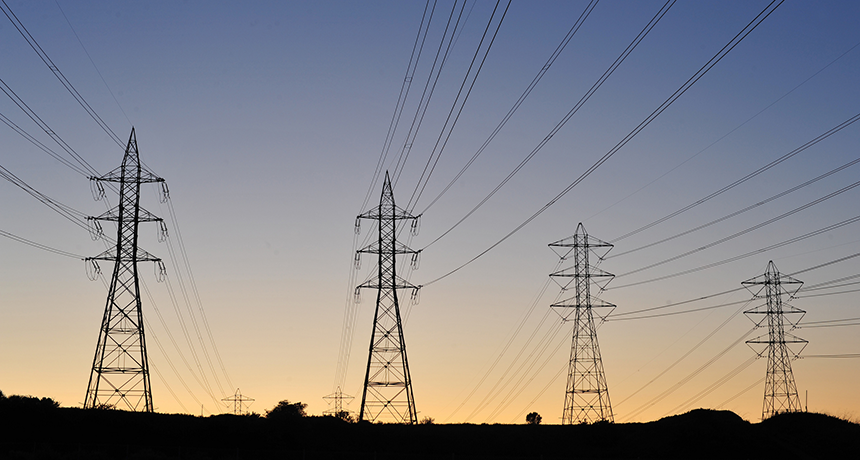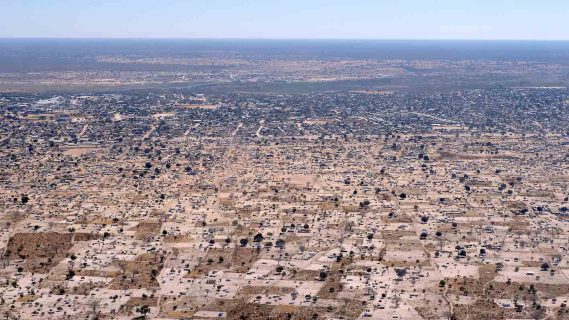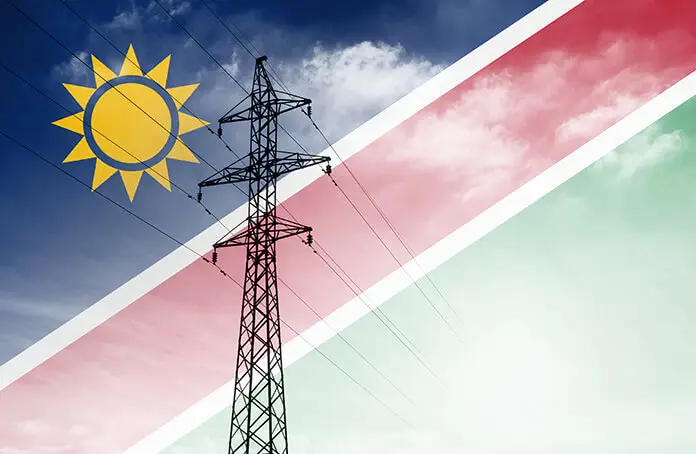A consortium led by the World Bank has agreed to lend Namibia $139M to harness its potential as Africa’s largest wind and solar powerhouse. Namibia is preparing to restructure its electricity grid for a surge in renewable power generation. State-owned electrical company NamPower Insights will use the funds to build a 400KV transmission line. The line will run 458 kilometres between substations in Central Namibia to the southern town of Kokerboom. The enhancements will allow the grid to accommodate a rise in renewable energy. The grid can accommodate 690MW, translating to 30% of the country’s total energy mix. The enhanced grid will ensure that more renewable energy sources can easily be incorporated into the national grid. Furthermore, it will ensure that electricity can be transmitted to areas that have not yet acquired electricity.
The Significance of Namibia’s Endeavor to Become Africa’s Largest Wind and Solar Powerhouse
Namibia is in a solid position to become Africa’s largest wind and solar powerhouse compared to other African countries. Namibia is almost entirely covered by a windswept desert plateau, making it ideal for wind and solar generation. The country’s wind power potential is estimated to be more than 100 gigawatts (GW), an astounding capacity. This is equivalent to almost two-thirds of the installed capacity of the African continent. Namibia’s bid to tap into this invaluable resource could propel them to greater ambitions both economically and socially. 
Socially, the project could facilitate better living standards for those who do not have access to electricity. Furthermore, it would provide employment opportunities for Namibians, improving their living standards. Economically, Namibia plans to gain revenue from the electrical upgrade by transmitting power to South Africa. The project will also ensure that the Namibian government benefits by earning income from its citizens. The capital could facilitate the development of other projects.
Also read:
400MW Morocco Wind Farm Project Tender Launched
The State of Affairs Regarding the Implementation of the Project
As a subsidiary project, NamPower will install a 25MW battery storage system. This storage infrastructure should help NamPower improve its reliability as Africa’s largest wing and solar powerhouse. The project is expected to take shape as early as 2025 and be commissioned for operations in 2028. Various companies and international enterprises are committed to ensuring Namibia harnesses its electrical potential. The finance will come from the World Bank and the International Bank for Reconstruction and Development. Furthermore, the Fund for Innovative Solutions in Global Public Goods and the Green Climate Fund (GCF) will also be involved. This and other transmission line projects will extend the network by 800km. The country has 10 hours of sunshine daily for 300 days a year, making it a solar powerhouse. 
Similar Projects Taking Place in the Southern African Region
Namibia wants to lead Africa’s future hydrogen market with a $9.4bn project to produce green hydrogen from renewable sources. The project is taking shape in the Tsau Khaeb National Park, near the coastal town of Luderitz. It will cover an area of 4,000 square km and have a capacity of 300,000 tonnes of green hydrogen a year. The project will be good in facilitating Namibia’s bid to become Africa’s largest wind and solar powerhouse and renewable energy. The project is part of Namibia’s strategy to become a green hydrogen superpower and a leader in the global energy transition. Green hydrogen is a clean and versatile energy carrier that can decarbonise various sectors. This includes sectors such as industry, electricity, and transport.
Also read:
Construction begins on World’s largest floating offshore solar power plant

